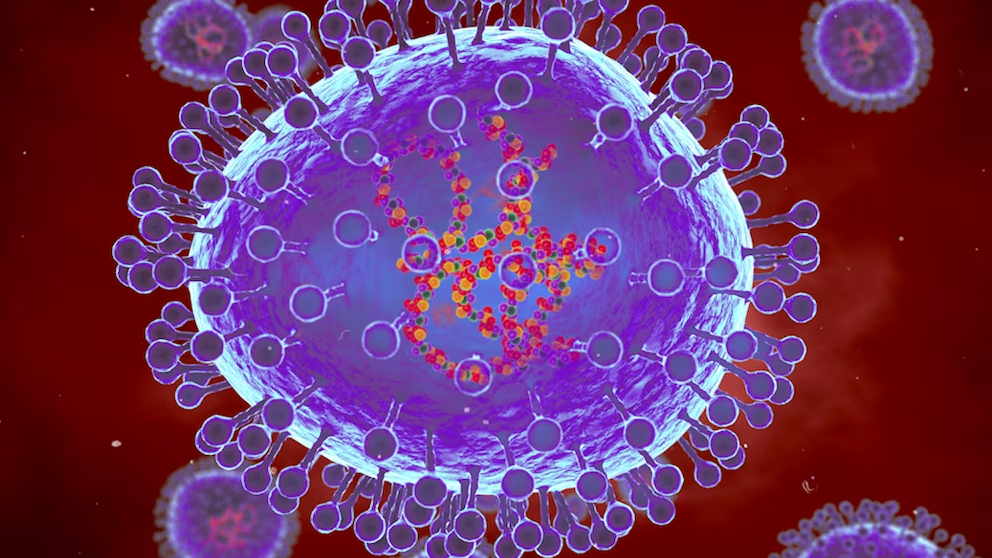It seems like every other week, there’s another virus or ominous-sounding acronym making headlines. This week, it’s human metapneumovirus, or hMPV.
Fortunately, hMPV is not a new pathogen. It’s a common respiratory virus in the United States, but if you’ve never heard of hMPV before, you aren’t alone.
While the country’s attention remained on COVID-19, influenza, and respiratory syncytial virus (RSV), hMPV silently flew under the radar. The lesser-known respiratory virus has recently sparked conversation and concern online.
Cases of hMPV in the U.S. rose sharply between February and April this year, according to recent data from the U.S. Centers for Disease Control and Prevention (CDC).
The percentage of positive hMPV tests (averaged over three weeks) peaked in the U.S. during mid-March at about 19% for antigen tests and 11% for PCR tests, data show.
During the four years before the COVID-19 pandemic, the weekly percentage of positive hMPV tests peaked around 7% in March and April, per the CDC.
It’s a common virus that causes illness in the upper and lower respiratory tracts, Dr. William Schaffner, a professor of infectious disease at the Vanderbilt University Medical Center told.
It affects people of all ages, but especially children, older adults, and people with weakened immune systems.

“HMPV is one of many seasonal respiratory viruses, usually spiking in the late winter and spring,” Dr. Thomas Murray, associate professor of pediatric infectious diseases at the Yale School of Medicine told.
The mid-March surge in cases captured by the latest CDC data is normal, he adds. As the virus follows its usual seasonal patterns, the CDC’s three-week average percentage of positive hMPV tests has dropped significantly since April and remained low.
HMPV is in the same family as RSV, or respiratory syncytial virus. Awareness of the virus has increased in recent years as testing methods improved, per the CDC.
A 2010 study of hMPV and RSV in kids found that hMPV causes similar symptoms to RSV and has similar severity, but pediatric patients tend to be older with hMPV than with RSV. The study added that hMPV is a major reason kids end up in the hospital.
According to Schaffner and the CDC, common hMPV symptoms include:
– Runny nose
– Sore throat
– Fever
– Cough
– Nasal congestion
– Shortness of breath
In some cases, an hMPV infection can progress to bronchitis or pneumonia, per the CDC.
